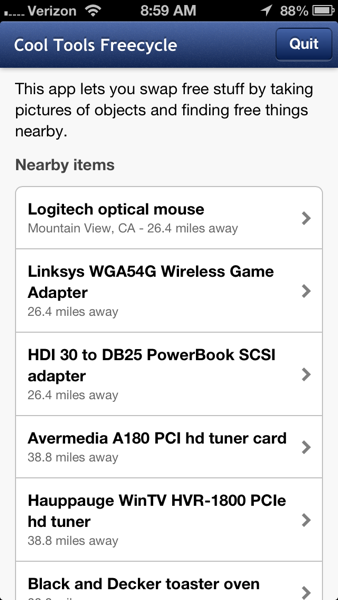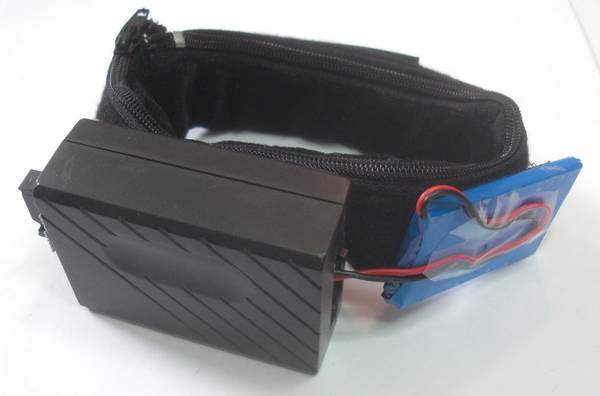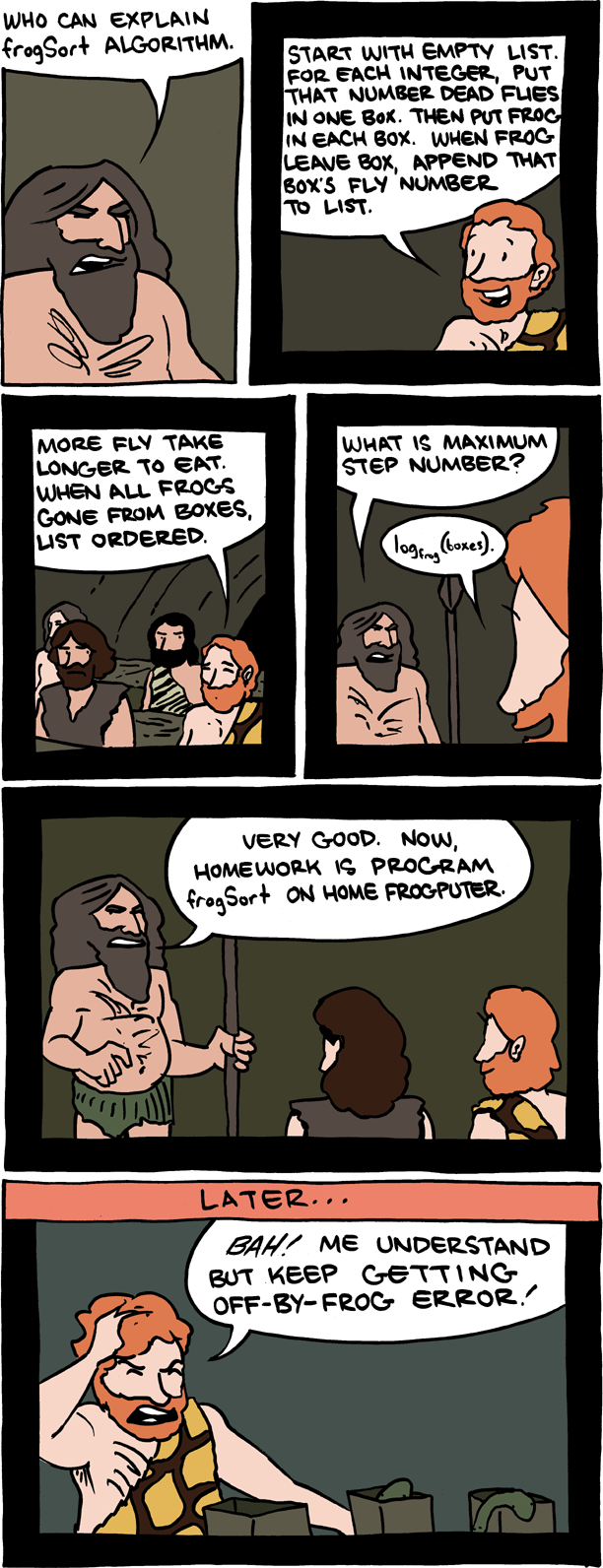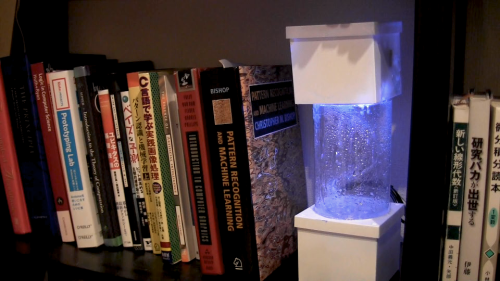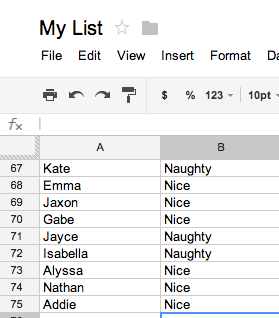A Colossal Year: The Top 15 Posts on Colossal in 2012:
It was a phenomenal year on Colossal and it’s all because of the extraordinary work by the artists, designers, photographers and filmmakers featured here every week. To recap an amazing 12 months, here are some of the most shared/visited/tweeted posts this year. Enjoy!
1. This is What Happens When You Give Thousands of Stickers to Thousands of Kids

Yayoi Kusama’s legendary installation,
Obliteration Room, where thousands of children were given colorful stickers and unbridled freedom in a stark white room. January 1, 2012
2. Riusuke Fukahori Paints Three-Dimensional Goldfish Embedded in Layers of Resin

Magnificent pools of three-dimensional goldfish
painted layer-by-layer in resin by Riusuke Fukahori. January 9, 2012
3. A Cathedral Made from 55,000 LED Lights

Towering 28 meters high, the
Luminarie De Cagna was the centerpiece at the 2012 Light Festival in Ghent, Belgium. January 31, 2012
4. Rashad Alakbarov Paints with Shadows and Light

Using strategically suspended translucent materials and other objects, artist Rashad Alakbarov paints using
shadows and light. January 20, 2012
5. This is Not a Photograph: Amazing Portrait Drawn with Ballpoint Pens by Samuel Silva

Nope, not a photograph. This
amazing portrait was drawn by 29-year-old Portugal-based attorney Samuel Silva based on a photograph by Russian photographer Kristina Tararina. According to the artist he used nothing but colored BIC pens. August 22, 2012
6. A Canopy of Colorful Umbrellas Spotted in Portugal

This
beautiful installation of umbrellas was recently spotted in Águeda, Portugal by photographer Patrícia Almeida. Almost nothing is known about the artist behind the project or its significance, but it’s impossible to deny the joy caused by taking a stroll in the shadowy rainbow created by hundreds of parasols suspended over this public walkway. August 21, 2012
7. Hilariously Ferocious Underwater Dogs

These completely absurd photographs of
dogs swimming underwater by photographer Seth Casteel took the internet by storm. The collection is now available as a
book. February 10, 2012
8. Mysterious Underwater ‘Crop Circles’ Discovered Off the Coast of Japan

There’s nothing that captures the imagination like mysterious underwater lifeforms, and the discovery of these
bizarre ‘crop circles’ off the coast of Japan this year was no exception. The artistic culprit turned out to be nothing more than a tiny puffer fish looking for a hot date. September 19, 2012
9. Gale-Force Winds Directly to the Face

Lithuanian photographer and artist Tadao Cern created this series of hilarious portraits entitled,
Blow Job, that depicts individuals enduring extremely high speed wind directly to the face. He even followed up with a
disturbing video. May 16, 2012
10. Gravity-Defying Land Art by Cornelia Konrads

German artist
Cornelia Konrads creates mind-bending site-specific installations in public spaces, sculpture parks and private gardens around the world. Her work is frequently punctuated by the
illusion of weightlessness, where stacked objects like logs, fences, and doorways appear to be suspended in mid-air, reinforcing their temporary nature as if the installation is beginning to dissolve before your very eyes. April 24, 2012
11. Remarkable Portraits Made with a Single Sewing Thread Wrapped through Nails by Kumi Yamashita

Constellation is an ongoing series of portraits by New York artist Kumi Yamashita. Each image is constructed from a
single unbroken black thread wound through a dense array of galvanized nails mounted on a painted white board, meaning that the darker areas within the portrait are formed solely from the density of the string. June 12, 2012
12. New Carved Book Landscapes by Guy Laramée

Artist
Guy Laramee completed a number of new sculptural works where he transformed thick tomes into incredible topographical features including mountains, caves, volcanoes, and even water. Many of the works are part of a project titled
Guan Yin, a series of work dedicated to the forces that enable individuals to endure grief and pain, or in his words “the mysterious forces thanks to which we can traverse ordeals.” June 12, 2012
13. Bloom: 28,000 Potted Flowers Installed at the Massachusetts Mental Health Center

In one of the years most popular articles, artist
Anna Schuleit sat down with us for a brief interview regarding her 2003 installation titled
Bloom at the Massachusetts Mental Health Center which she filled floor by floor with 28,000 potted plants prior to the buildings demolition. March 12, 2012
14. Giant Fish Sculptures Made from Discarded Plastic Bottles in Rio

As part of the UN Conference on Sustainable Development (Rio+20) an
enormous outdoor installation of fish was constructed using discarded plastic bottles on Botafogo beach in Rio de Janeiro, Brazil. June 21, 2012
15. Anatomical Cross-Sections Made with Quilled Paper by Lisa Nilsson

For her
Tissue Series, artist Lisa Nilsson constructs anatomical cross sections of the human body using rolled pieces of Japanese mulberry paper, a technique known as quilling or paper filigree. Each piece takes several weeks to assemble and begins with an actual photograph of a lateral or mid-sagittal cross section to which she begins pinning small rolls of paper. February 1, 2012
Thank you so much for stopping by Colossal this year, some huge things are coming in 2013 and I can’t wait to share them with you. To make sure you don’t miss anything be sure to follow Colossal on
Facebook,
Twitter,
Pinterest, and our upcoming
weekly email digest. And as always you can subscribe via
RSS.

